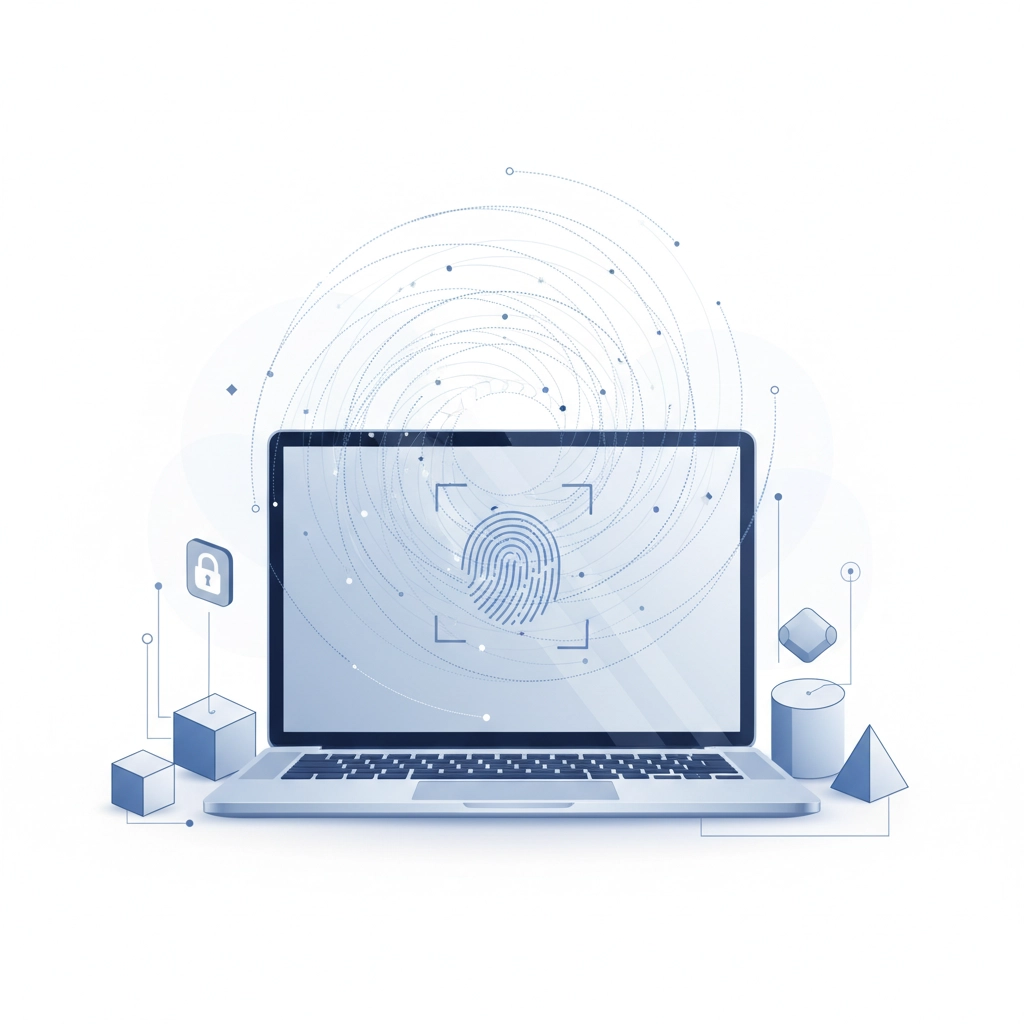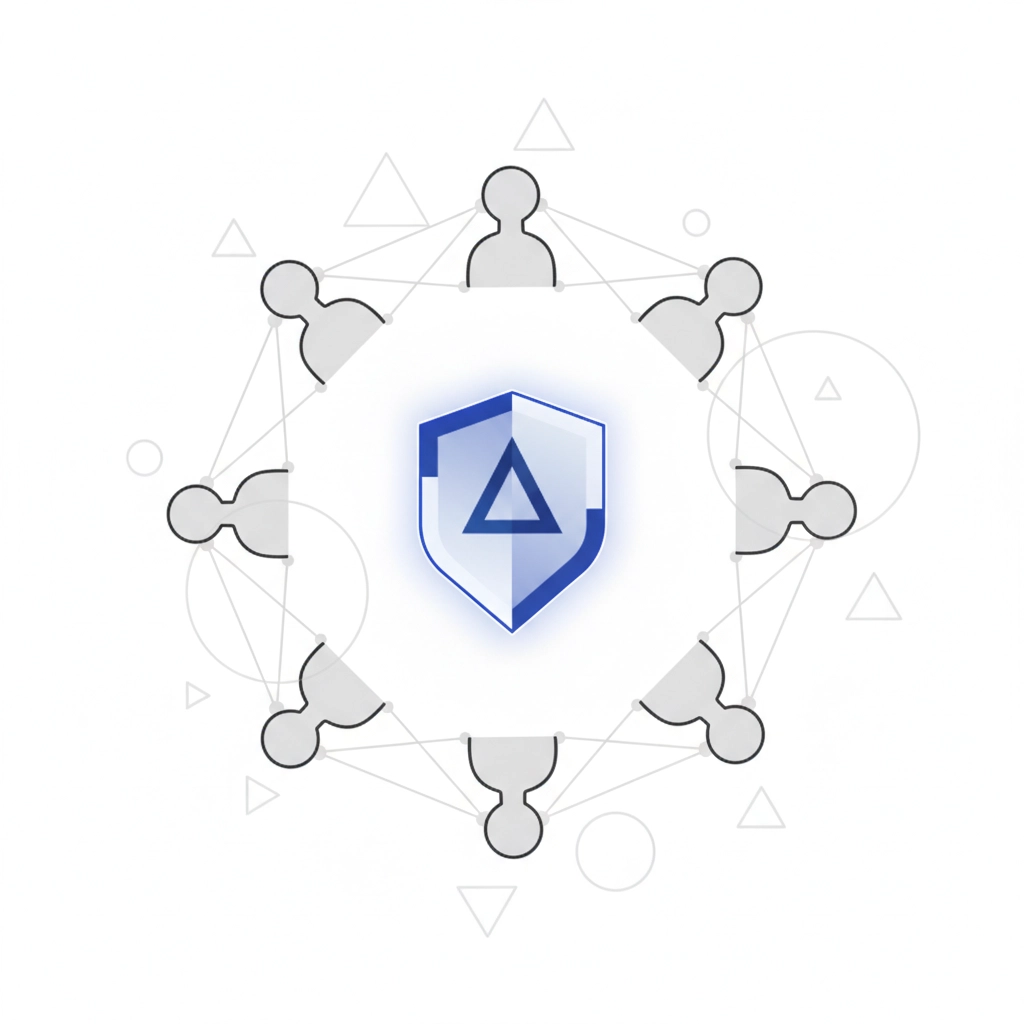Cybersecurity threats are evolving faster than ever. Small and medium businesses can no longer rely on basic antivirus software and hope for the best. The threat landscape in 2025 demands a comprehensive, forward-thinking approach that balances technology, human awareness, and strategic planning.
Your business faces sophisticated attackers who specifically target SMBs, knowing many lack enterprise-level security resources. The key to long-term protection lies in building layered defenses that grow with your business while remaining cost-effective and manageable.
Build Your Zero-Trust Foundation
Zero-trust security operates on a simple principle: never trust, always verify. This approach requires verification from every user, device, and application attempting to access your network resources, regardless of location or previous access history.
Implement zero-trust by removing implicit trust within your network infrastructure. Start with user authentication requirements for all access points. Configure your systems to verify identity at every connection attempt, not just initial login.
Deploy network segmentation to isolate critical systems from general user access. Create separate network zones for different business functions, limiting potential damage if one area becomes compromised.

Review and update access permissions quarterly. Remove access for former employees immediately and adjust current employee permissions based on role changes or business needs.
Strengthen Access Controls and Authentication
Compromised credentials remain the most common entry point for unauthorized access to business systems. Strengthen your authentication processes by implementing multi-factor authentication across all business applications and systems.
Deploy FIDO2 authentication where possible. This technology uses biometric factors or hardware keys to tie authentication directly to user devices, making credential theft significantly more difficult for attackers.
Require VPN connections for all remote access to company resources. Configure your VPN to require strong authentication and maintain logs of all connection attempts and activities.
Establish device management policies for all employee laptops, phones, and tablets. Install security software on all devices and require regular updates. Create separate network access for IoT devices to prevent lateral movement during security incidents.
Leverage Managed Security Services
Most SMBs lack resources for full-time cybersecurity specialists. Managed security service providers offer cost-effective access to expert protection and 24/7 monitoring capabilities.
Evaluate managed detection and response services for continuous threat monitoring. These services provide expert analysis of security events and rapid incident response without requiring additional internal headcount.
Consider outsourcing specific security functions like email protection, endpoint monitoring, or vulnerability assessments. This approach allows you to access enterprise-level security expertise while maintaining focus on core business operations.

Establish clear communication protocols with your managed service providers. Define escalation procedures, response times, and reporting requirements to ensure effective partnership during security incidents.
Implement User-Centric Security Measures
Focus protection efforts on individual user behaviors and interactions rather than solely on system-level defenses. This approach recognizes that employees are both your greatest security asset and potential vulnerability.
Deploy advanced email security solutions that go beyond basic spam filtering. Email remains the primary attack vector for most cyber threats, making robust email protection essential for business continuity.
Configure email systems to quarantine suspicious attachments and links automatically. Train your email security tools to recognize phishing attempts and business email compromise attacks targeting your industry.
Monitor user access patterns and flag unusual activities for investigation. Implement tools that detect abnormal login times, locations, or data access patterns that might indicate compromised accounts.
Develop Security-Aware Culture
Employee training reduces cyber risk by up to 60% within the first year of implementation. Regular security awareness programs transform your workforce from potential vulnerabilities into active defenders of business assets.
Conduct monthly phishing simulations using realistic scenarios relevant to your industry. Track employee performance and provide additional training for those who struggle with threat identification.

Create clear reporting procedures for suspicious activities. Encourage employees to report potential security incidents without fear of blame or punishment. Establish rewards for employees who successfully identify and report threats.
Update training programs regularly to address emerging threats and attack methods. Include real-world examples of recent attacks against similar businesses to maintain relevance and engagement.
Deploy AI-Driven Security Solutions
Artificial intelligence enhances both offensive and defensive cybersecurity capabilities. While attackers use AI for more sophisticated phishing and social engineering attacks, defensive AI tools provide faster threat detection and automated response capabilities.
Implement AI-powered threat detection systems that analyze network traffic patterns and user behaviors. These tools identify potential security incidents faster than traditional rule-based systems.
Configure automated response systems for common security events. Set up systems to automatically isolate infected devices, block suspicious network traffic, or disable compromised user accounts while alerting security personnel.
Understand AI limitations in your security strategy. AI models require quality training data and human oversight to function effectively. Maintain human review processes for critical security decisions.
Establish Proactive Risk Management
Regular security assessments identify vulnerabilities before attackers exploit them. Conduct comprehensive security reviews at least quarterly, with monthly reviews of critical systems and recent security updates.
Deploy advanced endpoint protection across all business devices. Modern endpoint security goes beyond antivirus software to include behavioral analysis, threat hunting, and automated remediation capabilities.

Maintain comprehensive data backup systems with regular testing procedures. Ensure backup systems remain isolated from primary networks to prevent ransomware attacks from compromising both production and backup data.
Create incident response procedures that define roles, responsibilities, and communication protocols during security events. Test these procedures regularly through tabletop exercises and simulated attacks.
Integrate Cyber Insurance Strategy
Cyber insurance provides both financial protection and proactive risk management resources. Modern policies offer incident response planning, vulnerability assessments, and employee training services alongside financial coverage.
Evaluate insurance providers that offer risk management services rather than simple post-incident coverage. These partnerships help improve your security posture while providing financial protection.
Review policy requirements and align your security practices with insurance expectations. Many policies require specific security measures like multi-factor authentication, employee training, and regular backups.
Maintain detailed documentation of your security measures and incidents. Insurance claims require comprehensive documentation of security practices and breach response efforts.
Create Comprehensive Integration
Effective cybersecurity requires seamless integration of technology, processes, and people rather than isolated security measures. Cyber attackers excel at finding the weakest link in your security posture.
Develop security policies that address all aspects of business operations. Include guidelines for remote work, customer data handling, vendor relationships, and incident response procedures.

Establish regular security review meetings with key stakeholders from different business functions. Address security implications of new business initiatives, technology purchases, and operational changes.
As supply chain security becomes increasingly important, larger business partners will require more stringent security protocols from SMB vendors. Prepare for these requirements by implementing comprehensive security measures that demonstrate your commitment to protecting shared data and resources.
Monitor emerging threats and adjust your security strategy accordingly. Subscribe to threat intelligence services relevant to your industry and maintain awareness of new attack methods targeting businesses similar to yours.
Future-proofing your cybersecurity requires ongoing commitment to comprehensive protection rather than reactive responses to individual threats. By implementing these strategic measures, your business builds resilience against evolving cyber threats while maintaining operational efficiency and cost-effectiveness.
Ready to develop a comprehensive cybersecurity strategy for your business? Contact our team to discuss how strategic IT planning can protect your business while supporting growth objectives.
